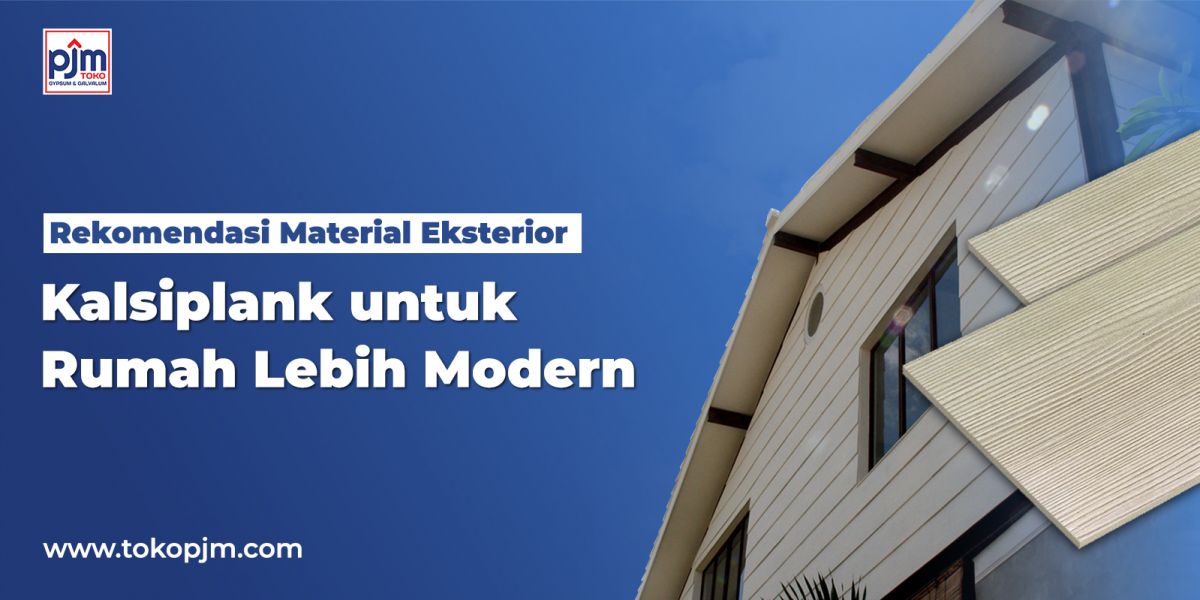DIFFERENCES BETWEEN BUILDING FOUNDATIONS WITH AND WITHOUT BONDEK
11 April 2025

In building construction, choosing the right method and materials greatly affects the quality and efficiency of the project. One key aspect is the selection of formwork systems for concrete floor casting. Two commonly used methods are the conventional system without Bondek and the modern system with Bondek. This article explores the differences between the two to help you choose the best option based on your project needs.
Building Foundations Without Bondek (Conventional)
The conventional method uses formwork made of materials like wood or plywood as temporary molds during concrete casting. Once the concrete hardens, the formwork is removed and does not become a permanent part of the structure.
Advantages:
- Design Flexibility: Wooden formwork is easy to shape according to design needs, allowing for the creation of complex architectural details.
- Lower Initial Material Costs: Materials like wood or plywood are generally cheaper than Bondek.
Disadvantages:
- Longer Construction Time: Installing and dismantling the formwork takes additional time, extending the project duration.
- Additional Material Use: Requires many support posts to hold the formwork during casting, increasing complexity and cost.
- Material Waste Potential: Wooden formwork often cannot be reused, resulting in construction waste.
Building Foundations With Bondek
Bondek is a lightweight, corrugated steel sheet used as permanent formwork in reinforced concrete floor construction. After the concrete hardens, Bondek remains part of the structure, providing added strength and stability.
Advantages:
- Time and Cost Efficiency: Installing Bondek is faster because it doesn't require formwork removal, saving time and labor costs.
- High Structural Strength: The combination of Bondek and concrete creates a strong floor structure capable of bearing heavy loads.
- Reduced Use of Support Posts: Bondek's robust design reduces the need for support posts during casting.
- Durable and Rust-Resistant: Made from galvanized steel, Bondek is corrosion-resistant, ensuring long-lasting structural performance.
Disadvantages:
- Higher Material Cost: Bondek is more expensive than wooden formwork, although this is often offset by savings in other areas.
- Limited Design Flexibility: Bondek is better suited for flat floor designs and may be less flexible for very complex shapes.
Comparison of Both Methods
- Construction Time: Using Bondek speeds up the construction process by eliminating the dismantling phase.
- Strength and Stability: Bondek contributes to the structural strength, whereas wooden formwork serves only as a temporary mold.
- Overall Cost: Although Bondek materials are more expensive, time efficiency and labor savings can balance out the total construction cost.
- Environmental Impact: Bondek reduces material waste as it remains part of the structure, while wooden formwork often ends up as waste after use.
Conclusion
The choice between the conventional method without Bondek and the modern method with Bondek should align with your project’s specific needs, budget, and design. If your priorities are time efficiency, structural strength, and waste reduction, using Bondek is the ideal solution. However, for designs requiring high flexibility and lower material costs, the conventional method might be more suitable.
#BuildingFoundation #Bondek #Formwork #ModernConstruction #ConstructionEfficiency #BuildingStructure #ConstructionMaterials #ConstructionTechnology #StrongBuilding #ConstructionTips #BondekFormwork #ConcreteSlab #EfficientConstruction #FormworkComparison #SustainableConstruction


